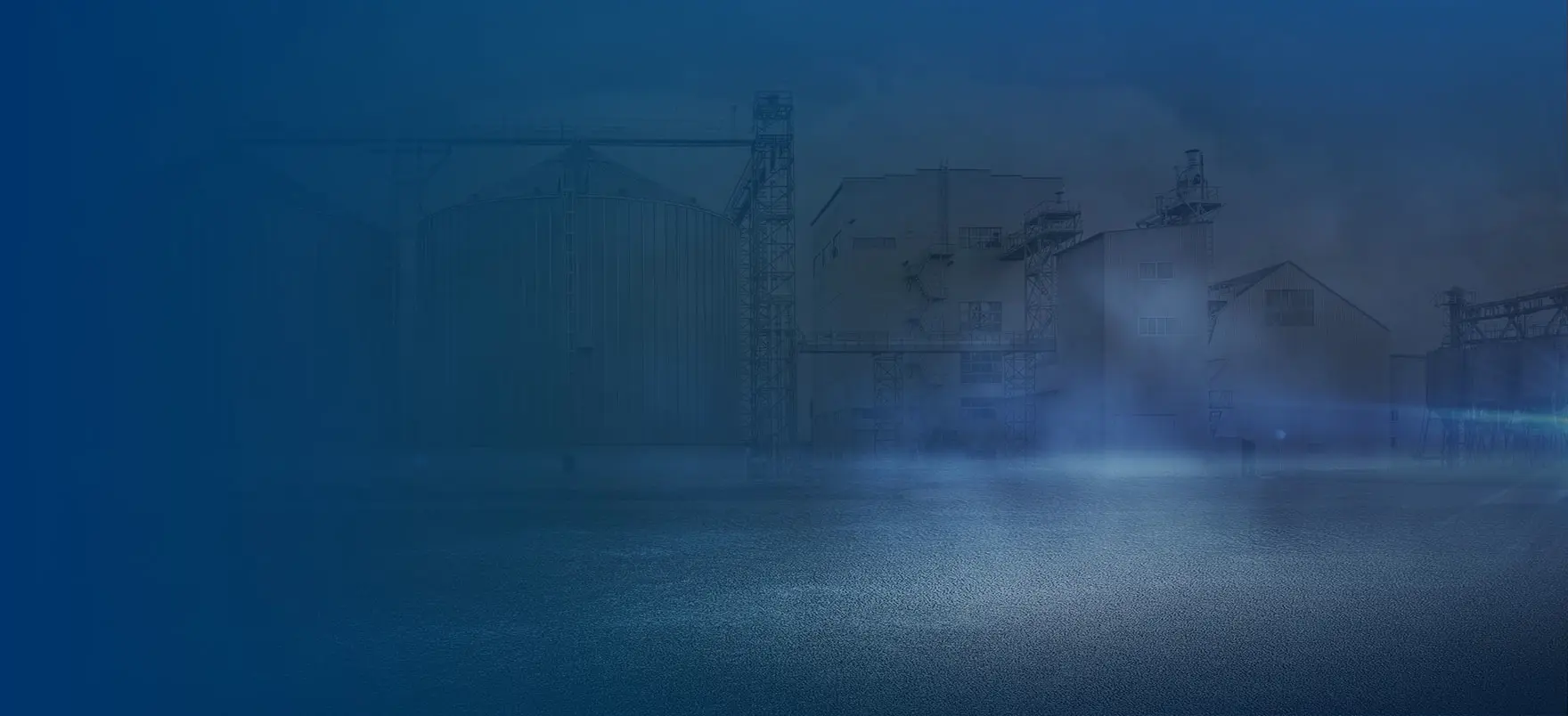
Optimized feed inlets, well-planned conditioners, efficient pelletizing chambers and stable Siemens motors, together with the RICHI Machinery's high-specification body just built, are enough to make it the heart of fish feed pellet production.
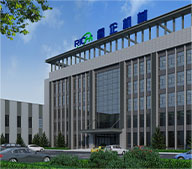
Brand
RICHI
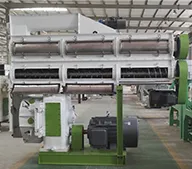
Model
SZLH Series
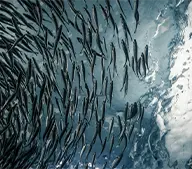
Application
Fish
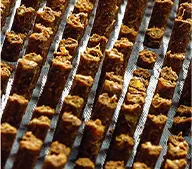
Finished
Pellets
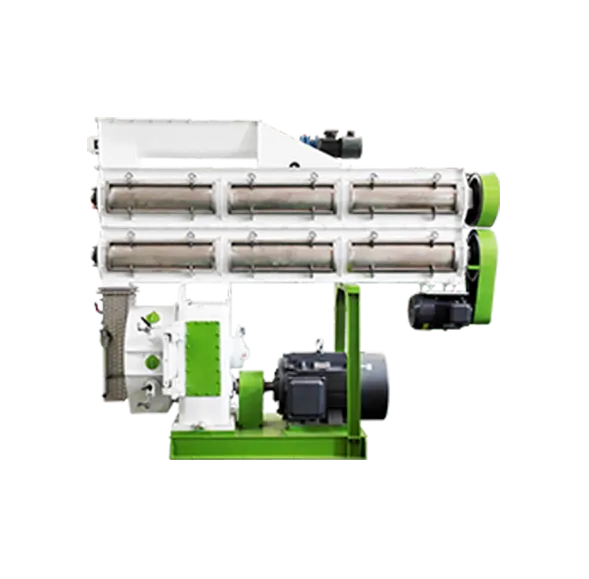
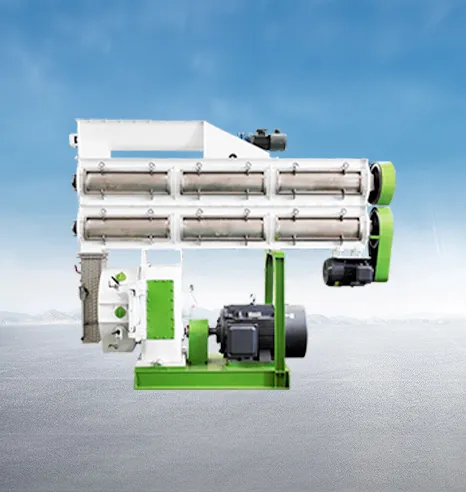
| Model | SZLH250 | SZLH320 | SZLH350 | SZLH420 | SZLH508 | SZLH558 | SZLH678 | SZLH768 |
|---|---|---|---|---|---|---|---|---|
| Main Motor Power(Kw) | 22 | 37 | 55 | 110 | 160 | 185 | 250 | 315 |
| Feeder Power(kw) | 1.1 | 1.5 | 1.5 | 1.5 | 1.5 | 1.5 | 1.5 | 2.2 |
| Conditioner Power(kw) | 1.5 | 4 | 4 | 7.5 | 7.5 | 11 | 11 | 11 |
| Ring Die Inner Diameter (mm) | 250 | 320 | 350 | 420 | 508 | 558 | 673 | 762 |
| Finished Pellets Diameter (mm) | 2~12 | 2~12 | 2~12 | 2~12 | 2~12 | 2~12 | 2~12 | 2~12 |
| Production Output (TPH) | 1.0-1.5 | 3-4 | 5-6 | 10-12 | 15-16 | 20-22 | 30-33 | 38-40 |
Technological innovation is essentially all about customer service. To make you feel the convenience of RICHI's products, technologies and solutions in the process of animal feed production.
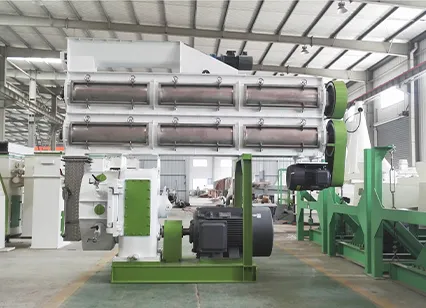
Feeding and conditioning systems
The optimized conditioning system with inverter feeding system improves the safety, nutritional value and maturation of the raw material to a great extent. This improves the overall quality of the feed from the source and ensures healthy feeding.

Drive system
High-end Siemens industrial grade drive motor drives the drive shaft of RICHI animal feed pellet mill, which is more stable and durable than traditional belt drive. In the long run, this not only improves efficiency but also saves maintenance costs.
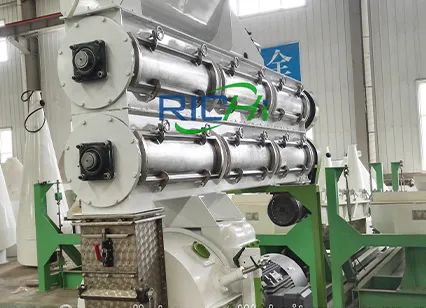
Structure and material
The body of the machine is made of high quality and high specification alloy steel, which is sturdy and durable, reduces resonance and runs stably. The parts that come into contact with the raw material are made of high grade stainless steel, which does not affect the raw material in any way and greatly improves corrosion resistance.
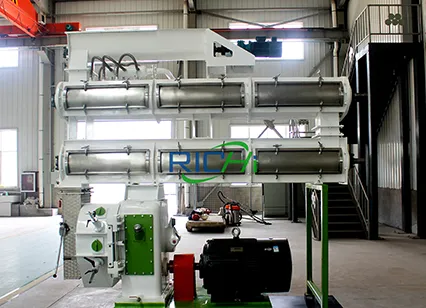
Control and Safety
Each feed pellet mill is equipped with an independent electric control system and safety stop function. It can not only avoid losses caused by perceived errors, but also effectively protect the pellet mill and subsequent production equipment.
Discover our streamlined buying process that makes it simple and efficient for you to get a complete animal feed pellet production plant. Every step of the way is customized for your convenience, from the initial schematic design and precise manufacturing process to secure payment options and on-site installation and commissioning. At the same time, our dedicated spare parts service ensures ongoing support and optimal machine performance, giving you peace of mind for years to come.


Solution Formulation
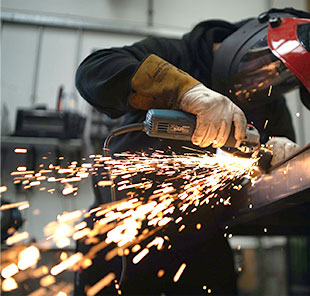
Equipment Manufacture

Secure Payment
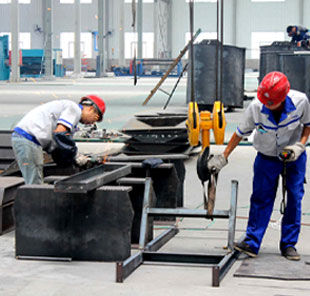
Spare Parts Service
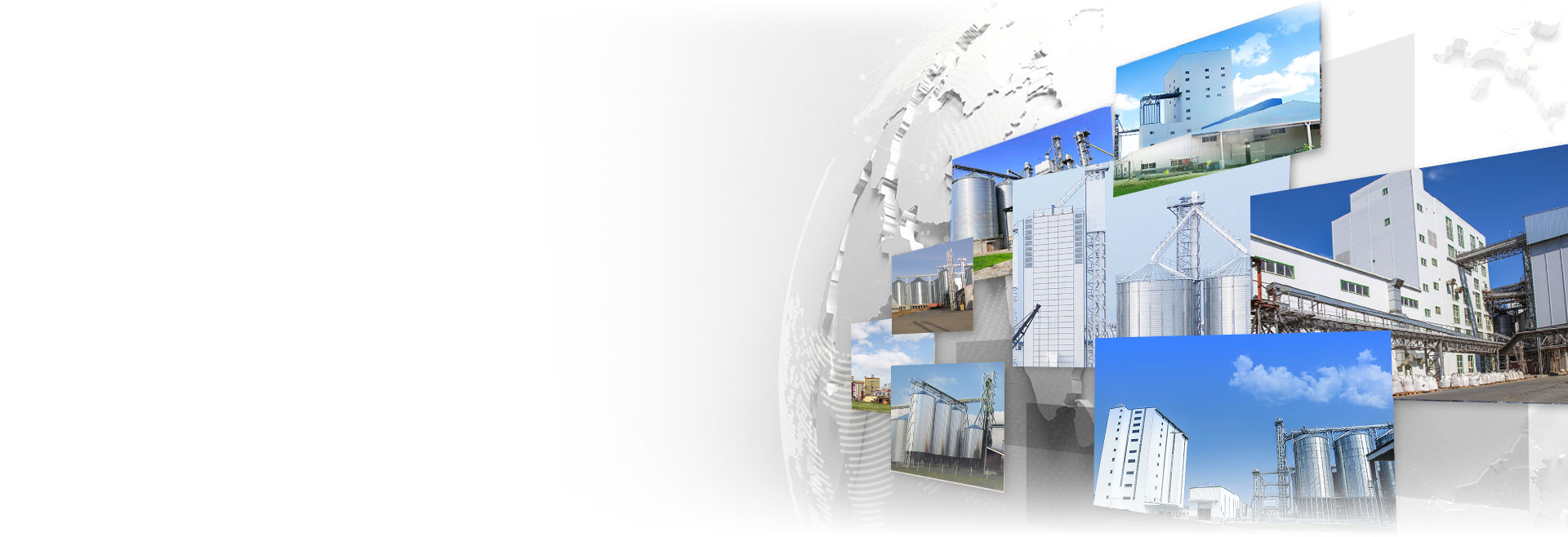
HENAN RICHI MACHINERY CO.,LTD
Henan Richi Machinery Co., Ltd was founded in 1995. After nearly thirty years of development and expansion, RICHI Machinery has grown into a modern enterprise covering an area of 60,000 square meters and integrating independent research and development, production and sales.
The products involve feed pellet machinery and engineering, biomass pellet machinery and engineering, organic fertilizer machinery and engineering, conveying equipment and engineering, steel structure engineering, silo, automation control technology and engineering, etc., and each product series has passed ISO 9001 international quality management system certification and CE certification!
Get Quote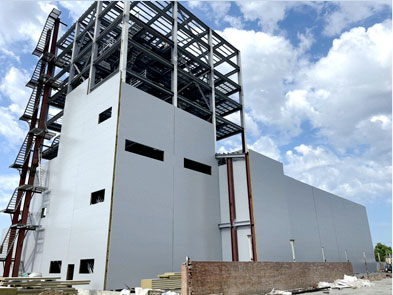

This state-of-the-art equipment supports a wide range of feed formulations for poultry and livestock, improving feed quality and reducing production costs. And its scalable design accommodates future expansion.
Learn More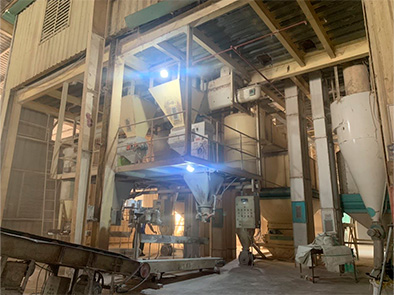

The system is fully automated and requires minimal labor. Customized pellet production solutions can be switched at the touch of a button in the control room for pelletizing a wide range of raw materials.
Learn More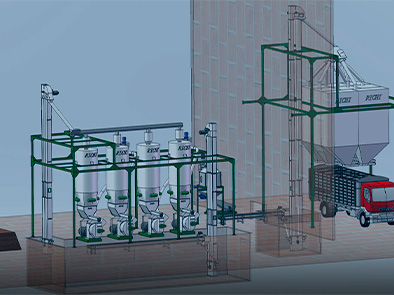

Hardwood residues are processed into durable, high-energy biomass pellets. Designed for industrial production, the system utilizes advanced drying and pelletizing technologies to ensure efficiency and quality.
Learn More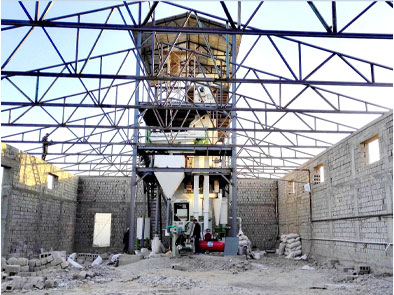

This project is capable of producing fish and shrimp feeds, equipped with precise extrusion technology for superior feed quality. The customer emphasizes its reliability and ease of operation as the main advantages.
Learn More
What kind of animal feed plant do you want to establish?
How many tons per hour about this plant you want to build?
Where is this animal feed plant going to be built?
When do you plan to start the operation?
The primary difference between floating and sinking fish feed pellets lies in their buoyancy, which is determined by their processing and formulation:
Both types are nutritionally balanced, but the choice between floating and sinking feed often depends on the feeding habits and habitat of the specific fish species
To adjust the buoyancy of fish feed pellets, consider the following methods:
These adjustments allow for precise control over pellet buoyancy to suit different fish feeding habits.
Binders play a crucial role in fish feed pellets by improving the pellets' water stability and durability. They help hold the ingredients together, reducing the likelihood of disintegration when exposed to water. This stability ensures that essential nutrients remain intact in the pellet, minimizing waste and allowing fish to consume the feed fully. Additionally, binders can enhance the pellet’s texture, making it easier for fish to consume and digest.
Yes, certain types of pellet mills and configurations can be better suited for specific fish species due to their unique feeding behaviors and dietary needs. For example:
Overall, selecting a pellet mill that can adjust pellet size, buoyancy, and composition ensures that different fish species receive feed that meets their dietary requirements and feeding habits.
A fish feed pellet mill improves the feed conversion ratio (FCR) by producing pellets that are more nutritionally balanced, digestible, and uniform in size, which reduces feed waste and enhances nutrient absorption. By compacting ingredients under high pressure and temperature, the pellet mill gelatinizes starches and proteins, making them easier for fish to digest, which leads to more efficient feed utilization and, ultimately, faster growth with less feed. This efficiency in FCR helps reduce feeding costs and promotes sustainable aquaculture practices.
The ideal temperature for producing fish feed pellets typically ranges from 80°C to 120°C. This temperature range helps to gelatinize the starches in the ingredients, improving pellet binding, digestibility, and water stability, which is essential for maintaining pellet integrity when submerged. Adjusting the temperature within this range can also influence the buoyancy of the pellets, with higher temperatures generally resulting in better expansion for floating pellets.
Yes, you can produce fish feed pellets with high oil content, but it requires careful handling to maintain pellet quality. Excessive oil in the mix can reduce the binding properties of the ingredients, leading to weak pellets that may break apart easily. To avoid this, it’s often recommended to limit oil content during the extrusion process and instead add extra oil through a post-extrusion coating or spraying system. This technique preserves the pellet structure while ensuring the high oil content needed for optimal fish nutrition.
Fish feed pellets can typically be stored for 6 to 12 months if kept in a cool, dry place away from direct sunlight and humidity, which helps prevent mold and nutrient degradation. Properly dried pellets with low moisture content are less likely to spoil, ensuring they maintain their nutritional quality and safety for feeding.
Yes, a fish feed pellet mill can often be adapted to produce other types of animal feed, such as poultry, livestock, or pet feed. However, adjustments may be necessary in terms of ingredient formulation, pellet size, and processing parameters, as different animals have specific nutritional requirements, pellet density preferences, and feeding behaviors.
Maintaining a fish feed pellet mill involves several key practices to ensure optimal performance and longevity:
Routine maintenance like this ensures high-quality pellets, reduces downtime, and prolongs the life of the fish feed pellet mill.
If you need further information, please contact us
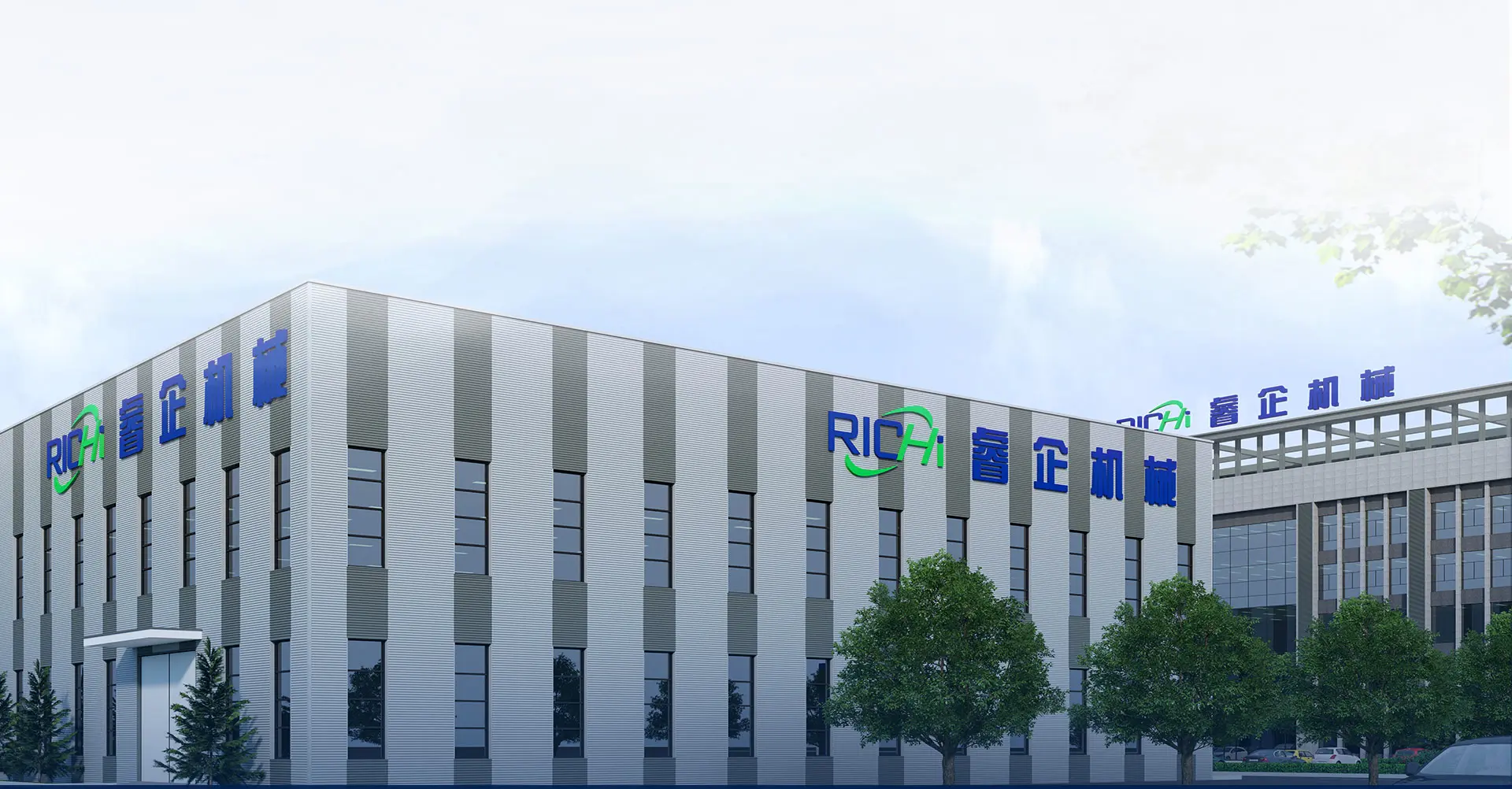
Note: Pellet production is a continuous and complex process, requiring many equipment to complete the production from raw materials to finished pellets. Therefore, it is suitable for commercial projects but not for personal use.

RICHI stick to the service principle is: We are focusing on your future, your future is our future!
© HENAN RICHI MACHINERY CO., LTD 1995-2025